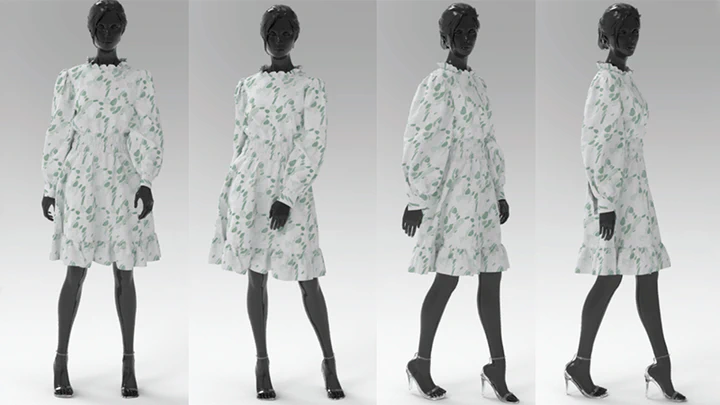Efficient GPU Cloth Simulation with Non-Distance Barriers and Subspace Reuse
Dec 3, 2024·,,,,, ,,·
0 min read
,,·
0 min read
Lei Lan
Zixuan Lu
Jingyi Long
Chun Yuan
Xuan Li
Xiaowei He
Huamin Wang
Chenfanfu Jiang
Yin Yang

Abstract
This paper pushes the performance of cloth simulation, making the simulation interactive even for high-resolution garment models while keeping every triangle untangled. The penetration-free guarantee is inspired by the interior point method, which converts the inequality constraints to barrier potentials. We propose a major overhaul of this modality within the projective dynamics framework by leveraging an adaptive weighting mechanism inspired by barrier formulation. This approach does not depend on the distance between mesh primitives, but on the virtual life span of a collision event and thus keeps all the vertices within feasible region. Such a non-distance barrier model allows a new way to integrate collision resolution into the simulation pipeline. Another contributor to the performance boost comes from the subspace reuse strategy. This is based on the observation that low-frequency strain propagation is near orthogonal to the deformation induced by collisions or self-collisions, often of high frequency. Subspace reuse then takes care of low-frequency residuals, while high-frequency residuals can also be effectively smoothed by GPU-based iterative solvers. We show that our method outperforms existing fast cloth simulators by at least one order while producing high-quality animations of high-resolution models.
Type
Publication
ACM Trans. Graph. (SIGGRAPH Asia)